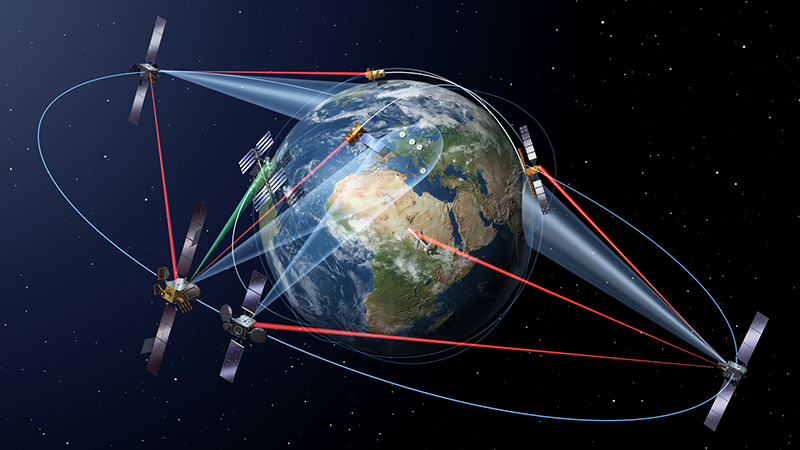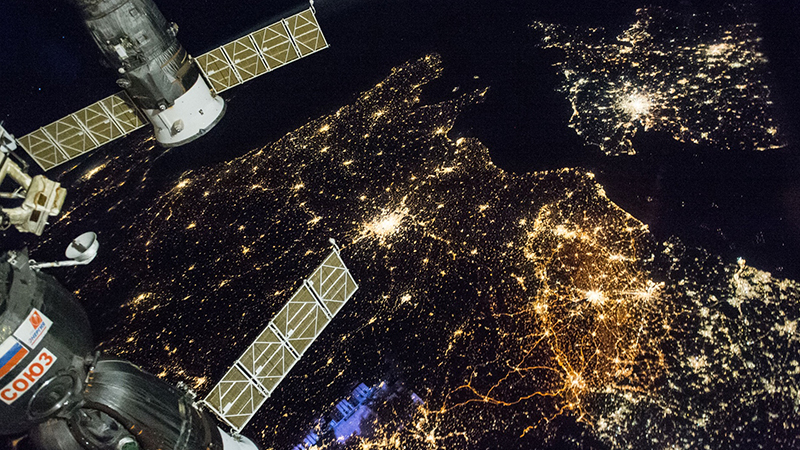

Earth observation is more important than ever thanks to its role in meteorology, urban planning, environmental and climate monitoring, and much more. As we look to be more considerate of the ways we interact with the planet, the easiest way to observe this is from space.
In July 2023, the UK government released its National Space Strategy in Action report, which included plans for the future of earth observation. Read on to find out the latest developments in the sector.
Since 2016, the government has provided £20 million in funding through the Earth Observation Technology Programme. Recently, there’s been an injection of a further £15 million of funding for earth observation projects. This will be split across technology development projects, including research and lab-based experiments, and flagship projects that will cover experimental instruments.
The Centre for Earth Observation Instrumentation has also released a new call for grant proposals to support innovative technology necessary for earth observation. As with the funding itself, this could cover anything from adapting and improving current instruments to developing entirely novel concepts.
Over the last 7 years, the £20 million has funded 57 projects led by Airbus, Oxford University, RAL-Space, and many more. The resulting instruments developed in these projects cover commercial and research missions and are a sign of things to come for the UK’s earth observation sector.
Put simply, the UK’s goal in the earth observation sector is to maximise its potential for science, society, and the economy. While this is a fairly vague goal, it’s fairly clear that it boils down to two points. First, to create areas of research for developing and improving technology. Second, to create employment, both during R&D and in building a more robust space sector in the UK.
Current projections put the global earth observation industry’s market worth at $15.9 billion by 2032, and the UK is poised to have a decent share of the market. Although the current levels of funding are small in comparison, the next 9 years could lead to major changes in the UK earth observation sector.
According to a 2019 report on the UK’s earth observation capabilities, the UK plans to maintain its competitive lead in technology areas including IR imaging, radiometry and spectroscopy, passive microwave, and more. It also plans to innovate and identify areas where the country could secure further technology leads based on demand and existing research areas.
Unsurprisingly, much of this will translate to ecological monitoring, covering everything from ocean temperatures and tree monitoring to land and water use. As the world’s population grows, so does our need for a clear understanding of our resources. This is where earth observation can help, and where the UK can develop a clear strategic lead.
The bottom line is that the UK’s space sector understands the importance of earth observation and the lead we have in technological development. This attitude doesn’t appear to be changing any time soon, and we will likely see funding levels increase in the next decade or so. It promises to be an exciting period for developments in earth observation, so stay tuned for more updates.

